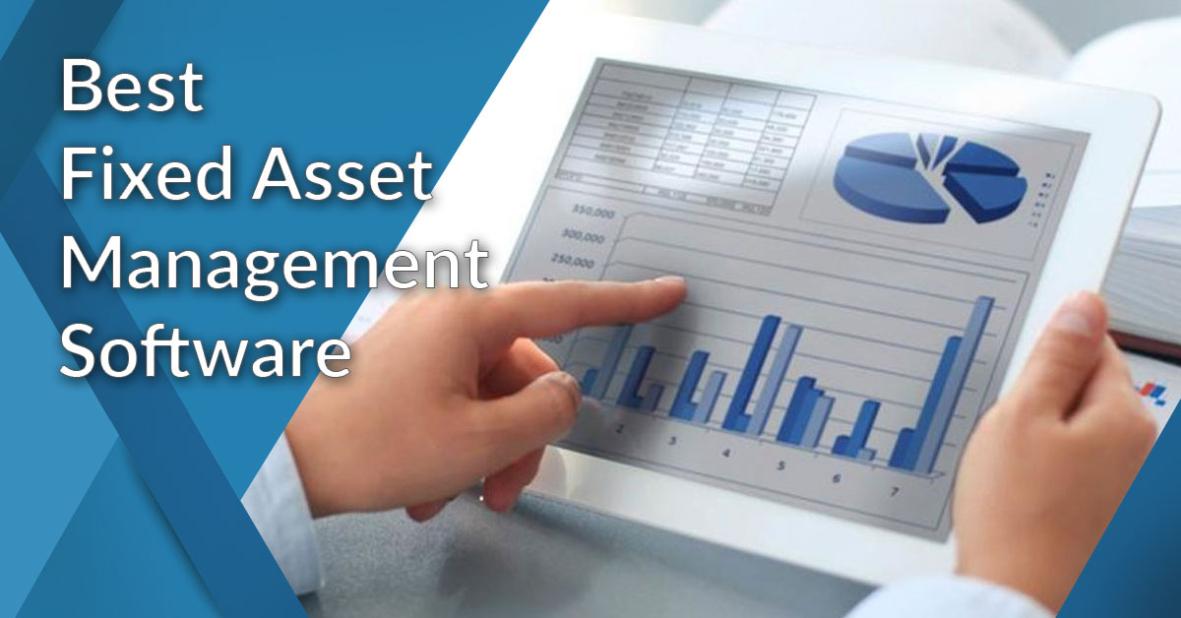What Are the Best Ways to Train and Develop My Team to Effectively Manage Fixed Assets?
In today's competitive business landscape, organizations must optimize their resource utilization to achieve sustainable growth. Fixed assets, such as property, plant, and equipment, play a crucial role in an organization's operations and overall financial performance. Effective management of fixed assets ensures their optimal utilization, minimizes downtime, and maximizes return on investment.

This article delves into the significance of training and development in enhancing fixed asset management practices. It provides a comprehensive guide for organizations to identify training needs, develop a training plan, implement it effectively, and evaluate its impact.
I. Importance Of Training And Development
Training and development initiatives are essential for organizations to achieve effective fixed asset management. Here's how they contribute to improved outcomes:
- Enhanced Employee Skills and Knowledge: Training programs equip employees with the necessary skills, knowledge, and expertise to perform their fixed asset management tasks efficiently and effectively.
- Improved Decision-Making: Well-trained employees can make informed decisions regarding fixed asset acquisition, maintenance, and disposal, leading to better asset utilization and cost optimization.
- Increased Productivity: Trained employees are more productive and efficient in their work, resulting in improved overall fixed asset management performance.
- Culture of Continuous Improvement: Development programs foster a culture of continuous improvement within the organization, encouraging employees to seek opportunities for learning and growth.
II. Identifying Training And Development Needs
To develop an effective training and development plan, organizations must first identify specific areas where training is needed. This can be achieved through:
- Skills and Knowledge Assessment: Conduct a thorough assessment of current employee skills and knowledge gaps related to fixed asset management.
- Organizational Goals Analysis: Analyze the organization's fixed asset management goals and objectives to determine the skills and knowledge required to achieve them.
- Gap Analysis: Identify specific areas where training and development can make a positive impact on fixed asset management practices.
III. Developing A Comprehensive Training And Development Plan

Once training needs are identified, organizations can develop a comprehensive training and development plan that includes:
- Clear Learning Objectives: Define clear learning objectives for the training and development program to ensure that it addresses specific skills and knowledge gaps.
- Appropriate Training Methods: Select appropriate training methods and delivery formats, such as workshops, online courses, on-the-job training, or a combination thereof.
- Detailed Training Schedule: Create a detailed training schedule that outlines the duration, frequency, and location of training sessions.
- Resource Allocation: Allocate necessary resources, including budget, training materials, and instructors, to support the training and development program.
- Alignment with Strategic Goals: Ensure that the training and development plan aligns with the organization's overall strategic goals and objectives.
IV. Implementing The Training And Development Plan
Effective implementation of the training and development plan is crucial for achieving desired outcomes. This involves:
- Communication: Communicate the training and development plan to all relevant stakeholders, including employees, managers, and senior leadership.
- Resource Provision: Provide employees with the necessary resources and support to participate in the training programs, such as time off, access to training materials, and reimbursement for expenses.
- Progress Monitoring: Monitor the progress of the training and development initiatives and make adjustments as needed to ensure that they are meeting the intended objectives.
V. Evaluating The Effectiveness Of Training And Development

To ensure that training and development initiatives are making a positive impact, organizations should conduct regular evaluations. This involves:
- Regular Evaluations: Conduct regular evaluations to assess the impact of the training and development programs on employee skills, knowledge, and job performance.
- Feedback Collection: Gather feedback from participants to identify areas for improvement and to understand the effectiveness of the training methods.
- Refinement and Enhancement: Use evaluation results to refine and enhance future training and development initiatives, ensuring that they continue to meet the evolving needs of the organization.
VI. Conclusion
Investing in training and development is essential for organizations to achieve effective fixed asset management. By equipping employees with the necessary skills, knowledge, and expertise, organizations can optimize fixed asset utilization, minimize downtime, and maximize return on investment. A well-trained and developed workforce is a valuable asset that contributes to the organization's overall success and competitiveness.
Organizations should adopt a proactive approach to training and development, recognizing that it is an ongoing process that requires continuous investment. By fostering a culture of learning and growth, organizations can ensure that their employees are equipped to handle the challenges of fixed asset management and contribute to the organization's long-term success.
YesNo

Leave a Reply